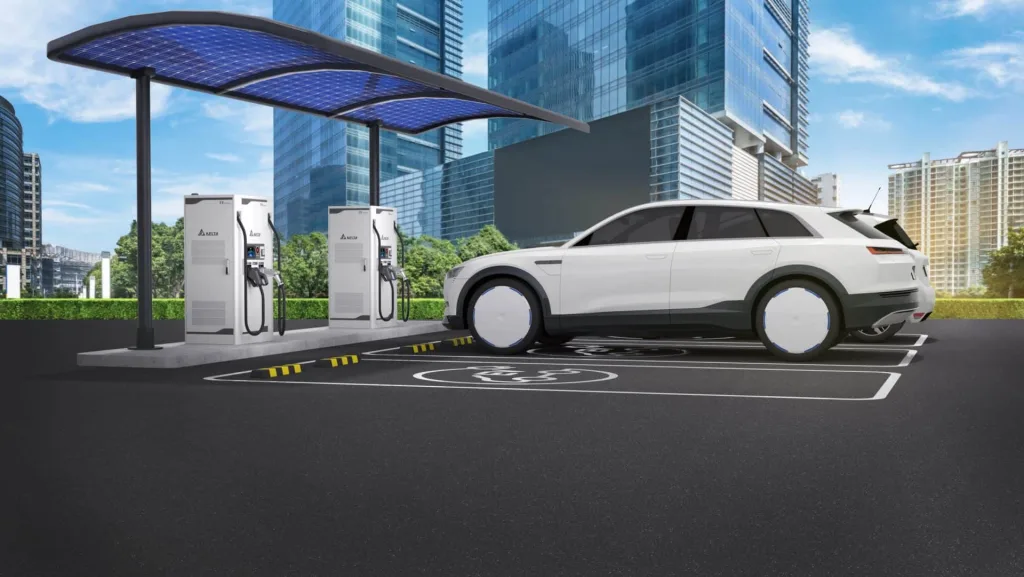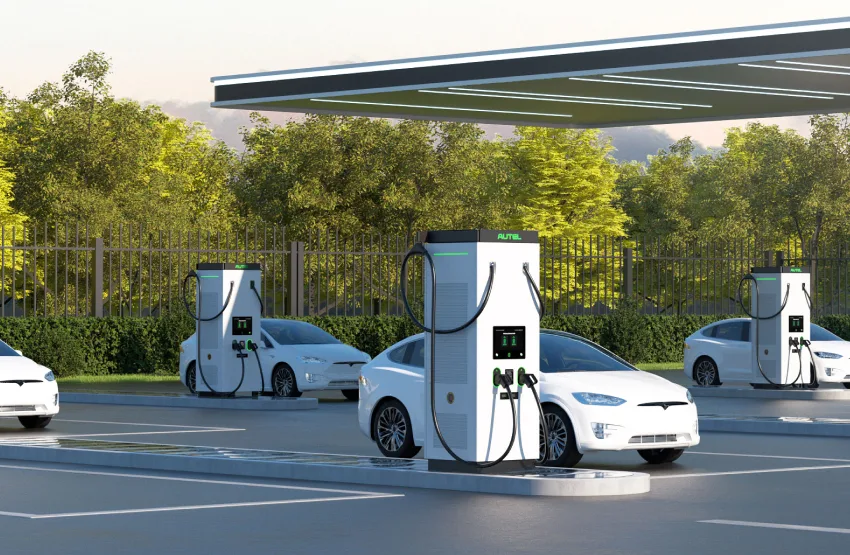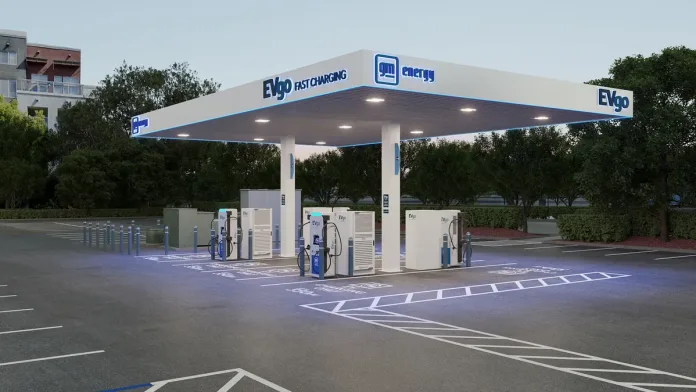The electric revolution in Odisha began with tremendous promise. In 2022, the state witnessed an extraordinary 405% surge in electric vehicle registrations, signaling what many believed would be a sustained transformation of Odisha’s transportation landscape. Fast forward to 2025, and that explosive growth has dwindled to a modest 48% increase year-over-year.
“I purchased my electric scooter in 2023, excited about contributing to a cleaner environment,” says Rahul Mishra, a software engineer from Bhubaneswar. “But traveling beyond city limits has been a constant source of anxiety. I’ve had to abandon several weekend trips because I couldn’t find charging stations along the way.”
Rahul’s experience isn’t unique. As I traveled across Odisha interviewing EV owners, a consistent narrative emerged: enthusiasm for electric mobility tempered by the practical challenges of inadequate charging infrastructure.
The registration of electric vehicles Odisha has reached an impressive cumulative total of 161,338 over the past four years. However, a closer examination reveals that only about 15% of these are pure electric vehicles, with the vast majority being battery-operated two-wheelers and three-wheelers concentrated in urban centers.
| Year | EV Registrations | Year-on-Year Growth |
|---|---|---|
| 2021 | 5,626 | – |
| 2022 | 28,447 | 405% |
| 2023 | 44,545 | 56.5% |
| 2024 | 65,977 | 48% |
| 2025 | 10,423 (till March) | – |

EV Charging Stations Odisha: Current Network and Expansion Plans
The inadequate Odisha EV charging infrastructure has become a major hurdle for potential electric vehicle buyers. With only 198 operational EV charging stations Odisha faces a massive deficit compared to the required 47,381 stations needed by 2030 to support the ambitious targets set by Niti Aayog.
Laxmi Narayan Mohanty, Managing Director of Sai Ananta Motors, puts it bluntly: “The limited availability of public charging stations is a major deterrent for potential EV buyers. The sale of four-wheelers is negligible compared to electric scooters as there are no charging stations in the interior districts.”
During my visit to Sambalpur, I met Priya Patel, who runs a small business and had been considering purchasing an electric car. “I was ready to make the switch,” she explained, “but when I realized I would have no way to charge the vehicle if I needed to visit my suppliers in neighboring districts, I had to reconsider.”
The government, recognizing this critical gap, has announced plans to add 100 new public charging stations Odisha this fiscal year. The distribution strategy focuses on strategic locations:
| Location | Number of Planned Stations |
|---|---|
| RTOs across the state | 38 |
| Truck terminals | 23 |
| Bhubaneswar | 21 |
| Other places | 18 |
Commerce and Transport Minister Bibhuti Bhushan Jena confirmed that a private firm has already been selected through a bidding process for the installation of these charging stations. “We are also exploring plans to expand the charging network in the state,” he added during an exclusive interview, hinting at more comprehensive long-term strategies.
How the Odisha Electric Vehicle Policy Aims to Boost Adoption
The Odisha Electric Vehicle Policy 2021 aims to achieve 20% electric vehicles by 2025, but has only reached 4.48% so far. Despite this gap, the policy has introduced several incentives to accelerate adoption:
Updated Purchase Incentives
| Vehicle Category | Incentive Amount | Maximum Cap |
|---|---|---|
| Two-wheelers | ₹5,000 per kWh | ₹20,000 |
| Three-wheelers | Flat subsidy | ₹30,000 |
| Four-wheelers | ₹10,000 per kWh | ₹1,50,000 |
Beyond financial incentives, the policy offers:
- 100% exemption from motor vehicle tax
- Registration fee waiver until December 31, 2025
“The policy framework is robust,” notes Dr. Anand Kumar, an energy policy expert at the National Institute of Technology, Rourkela. “But without addressing the infrastructure gap, these incentives alone cannot drive the transition at the pace we need.”
Walking through the Transport Department offices in Bhubaneswar, I observed stacks of subsidy applications awaiting processing. An official speaking on condition of anonymity shared, “The interest is there, especially for two-wheelers. But for four-wheelers, buyers always ask about charging infrastructure first, and that’s where conversations often end.”

Comparing Charging Infrastructure Odisha with Leading States
Compared to Karnataka’s 5,879 stations, the charging infrastructure Odisha offers only 550 stations, ranking 12th nationally. This disparity becomes even more apparent when examining the infrastructure development in other states:
| State | Number of Charging Stations |
|---|---|
| Karnataka | 5,879 |
| Maharashtra | 3,842 |
| Uttar Pradesh | 2,113 |
| Tamil Nadu | 1,893 |
| Gujarat | 1,542 |
| Odisha | 550 |
“We’re learning from states like Karnataka and Maharashtra,” says Rajesh Verma, a senior official with the Odisha Renewable Energy Development Agency. “Their success shows that a critical mass of charging infrastructure needs to be established before EV adoption can truly accelerate.”
During a recent EV expo in Bhubaneswar, I observed the stark contrast in dealer confidence between those from Odisha and representatives from states with more developed charging networks. A dealer from Karnataka confidently offered test drives beyond city limits, while local dealers carefully outlined routes that would keep potential buyers within range of the few available charging points.
The Distribution of Public Charging Stations Odisha: Urban vs Rural
The uneven EV adoption in Odisha reveals a clear urban-rural divide with Khurda and Cuttack leading the way. This disparity is directly linked to the concentration of charging infrastructure in urban centers:
| District | EV Registrations | Public Charging Stations |
|---|---|---|
| Khurda (includes Bhubaneswar) | 45,195 | 87 |
| Cuttack | 19,986 | 32 |
| Puri | 11,287 | 18 |
| Sundargarh | 10,290 | 15 |
| Balasore | 10,174 | 12 |
| Rural districts combined | < 5,000 | 34 |
Visiting Phulbani district, which has registered only 154 EVs, I spoke with local residents about their perception of electric vehicles. “We’ve heard about them, but without charging stations, it’s not a practical option,” explained Manoj Sahoo, a local teacher. “Even if the government gives subsidies, where would we charge them?”
This urban-rural divide threatens to create a two-tiered transportation system, where sustainable mobility options remain concentrated in already-privileged urban areas while rural communities continue to rely on fossil fuels.
Analysis of District-wise EV Registrations in Odisha
District-wise EV registrations in Odisha show Khurda leading with 45,195 vehicles, while rural districts like Phulbani have only 154. This pattern reveals important insights about adoption barriers:
- Infrastructure Correlation: Districts with more charging stations show significantly higher EV adoption rates
- Economic Factors: Urban districts with higher average incomes show greater willingness to invest in EVs despite infrastructure limitations
- Awareness Gap: Rural areas demonstrate lower awareness of EV benefits and available incentives
“The data clearly shows that infrastructure leads adoption, not the other way around,” explains Dr. Sunita Patel, who researches sustainable transportation at Utkal University. “Government planning needs to recognize this relationship and prioritize infrastructure development in underserved areas.”
Factors Affecting EV Adoption in Odisha: Beyond Infrastructure
While charging infrastructure remains the primary barrier, several other factors influence EV adoption in Odisha:
- Initial Cost Concerns: Despite subsidies, the upfront cost of EVs remains higher than conventional vehicles
- Range Anxiety: Fear of being stranded with a depleted battery, especially in areas with sparse charging networks
- Limited Model Availability: Fewer EV models available in Odisha compared to metropolitan markets
- Service Network Gaps: Concerns about maintenance and repairs in a nascent EV ecosystem
- Grid Reliability: Inconsistent power supply in some areas raises concerns about charging reliability
Electric two-wheelers Odisha account for the majority of EV registrations, with four-wheeler sales remaining negligible. This trend reflects both the infrastructure limitations and the economic realities of the state.
“For many Odisha residents, electric scooters represent an accessible entry point into electric mobility,” notes Priyanka Das, a dealer for a leading electric two-wheeler brand. “They require less charging infrastructure and can often be charged at home, making them practical even with the current limitations.”
Experts Weigh In on the Future of Electric Vehicles in Odisha
International collaborations will play a crucial role in shaping the future of electric vehicles in Odisha. The state has already begun exploring partnerships, including a UK-Odisha collaboration for Net Zero transition.
Dr. Vibha Dhawan, Director General of The Energy and Resources Institute (TERI), emphasizes three key areas for development:
- Technology gap bridging
- Policy framework strengthening
- Clean mobility financing solutions
“Odisha has the potential to become a leader in sustainable transportation,” Dr. Dhawan stated during a recent energy conference in Bhubaneswar. “But this requires coordinated action across government, industry, and civil society.”
Recent government initiatives for EV charging in Odisha include GRIDCO’s commitment to green energy-powered charging stations and integration with smart city initiatives. These efforts signal a comprehensive approach to addressing the infrastructure gap.
Also Read: Tata Nexon vs MG Windsor Comparison: Detailed Guide in 2025
FAQs About EV Charging in Odisha
How many charging stations are currently available in Odisha?
As of March 2025, Odisha has 198 operational public charging stations, with plans to add 100 more in the current fiscal year.
What incentives does the Odisha government offer for EV purchases?
The Odisha Electric Vehicle Policy 2021 offers purchase incentives ranging from ₹20,000 for two-wheelers to ₹1,50,000 for four-wheelers, along with 100% motor vehicle tax exemption and registration fee waivers until December 31, 2025.
Which districts in Odisha have the highest EV adoption?
Khurda district (which includes Bhubaneswar) leads with 45,195 registered EVs, followed by Cuttack (19,986), Puri (11,287), Sundargarh (10,290), and Balasore (10,174).
How does Odisha’s charging infrastructure compare to other states?
Odisha ranks 12th nationally with 550 charging stations, significantly behind leaders like Karnataka (5,879), Maharashtra (3,842), and Uttar Pradesh (2,113).
What is the target for EV adoption in Odisha?
The Odisha Electric Vehicle Policy 2021 aims for 20% of all vehicle registrations to be electric by 2025. Currently, EVs account for 4.48% of registered vehicles in the state.
What types of EVs are most popular in Odisha?
Electric two-wheelers and three-wheelers dominate the market, accounting for approximately 85% of all EV registrations in the state. Four-wheeler adoption remains limited, primarily due to charging infrastructure concerns.
- Strategic Infrastructure Expansion: The planned addition of 100 charging stations this year represents just the beginning of a more comprehensive network development
- Policy Evolution: Ongoing refinements to the Odisha Electric Vehicle Policy are expected to address implementation challenges
- Private Sector Engagement: Increasing interest from private players in developing charging infrastructure as the market matures
- Technology Advancements: Emerging technologies like battery swapping stations could provide alternative solutions, particularly for commercial vehicles
Range anxiety remains one of the biggest challenges of EV adoption in Odisha, especially for residents in interior districts. Addressing this concern requires not just more charging stations, but strategically placed ones that create corridors of connectivity throughout the state.
As I concluded my journey across Odisha, the words of Aditya Panda, a young environmental activist from Cuttack, stayed with me: “The transition to electric mobility isn’t just about technology or infrastructure—it’s about reimagining our relationship with transportation and energy. Odisha has taken the first steps, but the real journey is just beginning.”
The story of Odisha’s electric vehicle transition is still being written. With coordinated efforts to address the infrastructure gap, the state has the potential to accelerate adoption and create a more sustainable transportation ecosystem for all its residents—not just those in urban centers.


